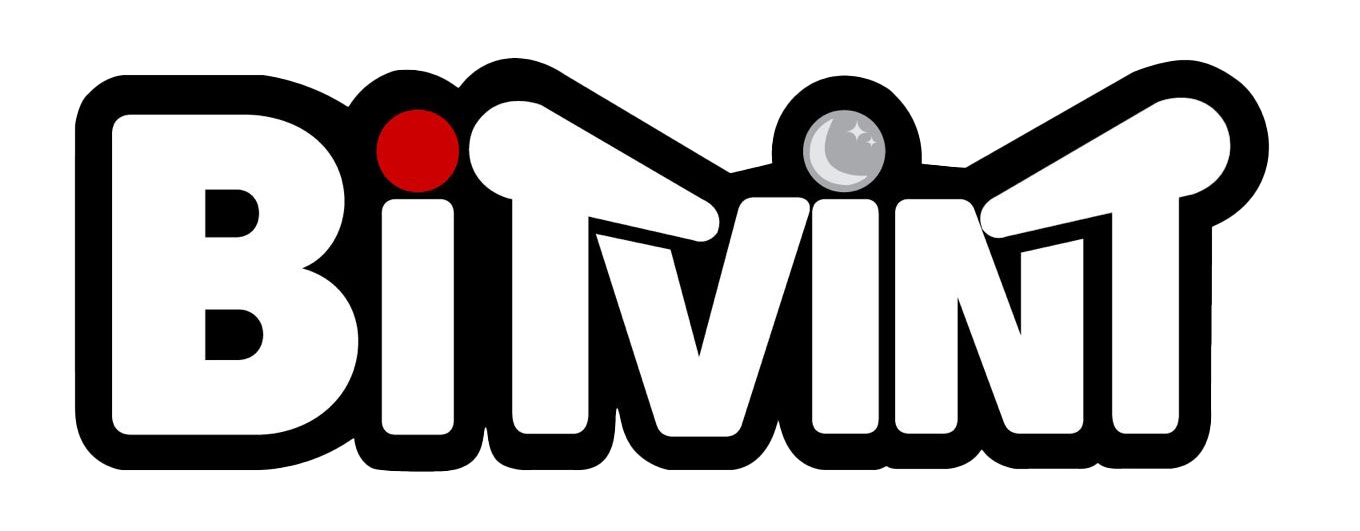Introduction
Gauntlet II, released by Atari Games in 1986, took the wildly successful co-op dungeon crawler formula of the original Gauntlet and refined it with new features, smarter enemies, and even more chaotic multiplayer action. Known for its booming voiceover, intense top-down gameplay, and quarter-devouring pace, Gauntlet II cemented the franchise as an arcade staple of the '80s.

Development and History
- Developer: Atari Games
- Publisher: Atari Games
- Release Date: 1986
Following the success of Gauntlet (1985), Atari Games moved quickly to build a sequel that maintained the addictive gameplay loop but added variety and polish. Using the same core engine and cabinet structure, Gauntlet II introduced features that allowed any character class to be chosen by any player, randomized level layouts, and more varied enemy and trap designs.
The game was designed for 1–4 players, making it one of the earliest arcade titles to support simultaneous four-player cooperative gameplay—a format that would inspire generations of co-op games.

Gameplay Video
Gameplay and Mechanics
Core Gameplay
Players choose between four classic characters—Warrior, Valkyrie, Wizard, and Elf—each with unique abilities. Gauntlet II maintains the fast-paced, top-down dungeon-exploration style, with some major additions:
- Open Class Selection: Any player can pick any character type, removing restrictions from the original.
- Voiceovers: The iconic narrator comments on players’ health and actions ("Wizard needs food—badly!").
- New Enemies and Traps: Includes acid puddles, It (a tag-like enemy that curses players), and more advanced projectile attackers.
- Level Variety: Levels feature more branching paths, teleporters, and destructible walls.
- Health Drain Mechanic: Health constantly drains over time, encouraging fast play and constant coin insertions.
Challenges
- Team Coordination: With four players, movement and strategy become chaotic fast.
- Resource Management: Limited keys, food, and power-ups force players to share—or compete.
- Punishing Difficulty: Later levels overwhelm with enemy swarms, poison potions, and traps.

Cultural Impact and Legacy
Gauntlet 2 solidified the dungeon-crawling, hack-and-slash formula for arcades:
- Four-Player Standard: Helped normalize multi-player cabinets for arcades.
- Audio Identity: The deep-voiced narrator became iconic in gaming culture.
- Long-Term Influence: Influenced the design of modern co-op games and dungeon crawlers like Diablo and Castle Crashers.
- Ports and Compilations: Released for NES, Game Boy, and included in multiple arcade collections over the years.

Fun Facts
- Unlimited Quarters: Players could keep reviving themselves endlessly—leading to massive coin drop sessions.
- Character Colors: With open character selection, player color defined each participant instead of the class.
- It Follows You: The “It” monster turns players into a target, adding a layer of strategy and panic.
- Instantly Familiar: It reused many assets from the first game, giving returning players a quick learning curve.

Conclusion
Gauntlet II didn’t reinvent the formula—it enhanced it. With new enemies, improved co-op mechanics, and a bigger emphasis on team strategy, it became a must-play for arcade-goers in the mid-'80s. Its legacy lives on in both retro arcades and the DNA of modern multiplayer dungeon games.

